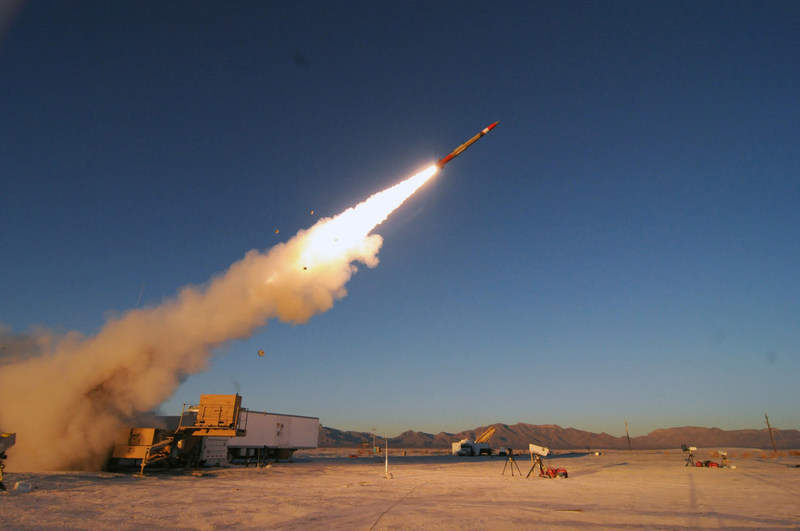
The US Army has used a Patriot Advanced Capability 3 (PAC-3) missile segment enhancement (MSE) interceptor to successfully intercept an air-breathing threat (ABT), which represents fixed-wing aircraft or cruise missiles.
The missile defence flight test demonstrated the hit-to-kill capability of the PAC-3 family of missiles, which are used to defend against threats through body-to-body contact.
During the test conducted at White Sands Missile Range, New Mexico, the US Army reconfirmed PAC-3 MSE’s ability to detect, track and intercept incoming ABTs or missiles.
The test was carried out by representatives from the US Army and a current Foreign Military Sales PAC-3 MSE customer.
Lockheed Martin Missiles and Fire Control PAC-3 programmes vice-president Jay Pitman said: “PAC-3 MSE continues to be successful against today’s evolving threats, and this most recent test validates its effectiveness at extreme distances.
“Today’s global security environment demands reliable solutions. We expect PAC-3 hit-to-kill interceptors to continue serving as an essential element in integrated, layered defence systems.”

US Tariffs are shifting - will you react or anticipate?
Don’t let policy changes catch you off guard. Stay proactive with real-time data and expert analysis.
By GlobalDataThe PAC-3 cost reduction initiative (CRI) and MSE are high-velocity interceptors that defend against incoming threats, including tactical ballistic missiles, cruise missiles and aircraft.
To date, 12 nations across the globe have acquired the PAC-3 missile defence interceptor. These comprise the US, Germany, Kuwait, Japan, Qatar, Republic of Korea, Kingdom of Saudi Arabia, Taiwan, Romania, Poland, the Netherlands and the United Arab Emirates (UAE).



